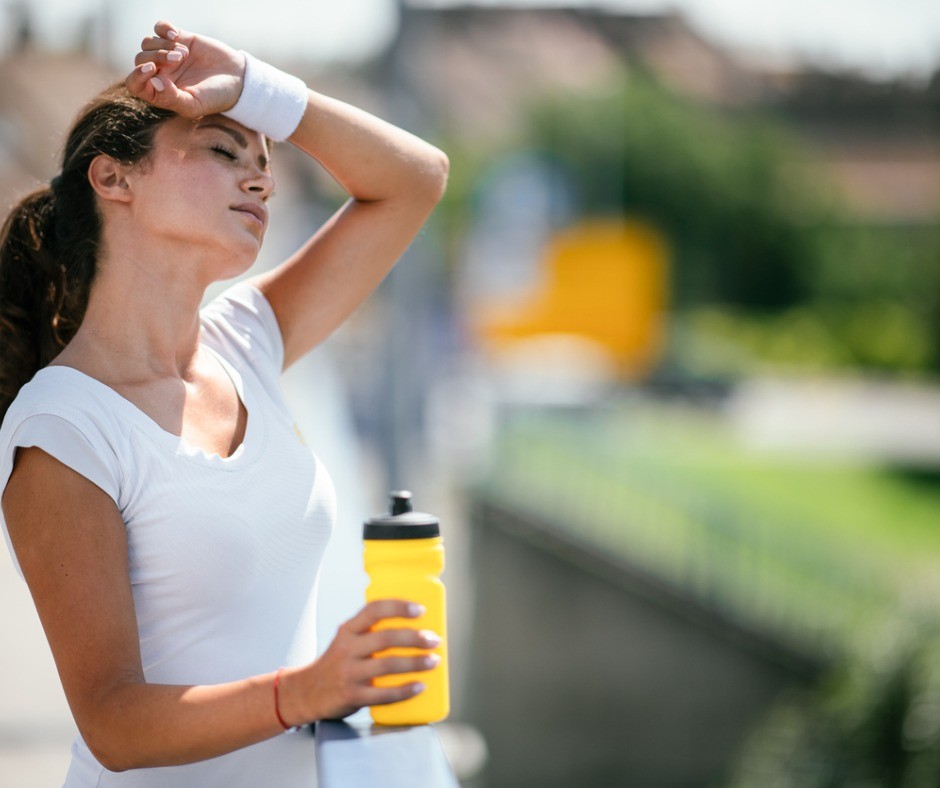News
Summertime Safety: How to Keep Cool and Healthy All Summer Long
July 14, 2022
School’s out and that means one thing: summer is officially here! As the days grow longer and brighter, many of us will be taking full advantage of summer, whether its enjoying backyard barbeques, lazy days by the pool or even the occasional fireworks display. No matter how you choose to enjoy your summer, it’s important to stay alert and protect yourself and your family from potential threats to your health and safety.
Topping the list of summertime hazards are extreme heat and drowning. The good news is heat-related illness and water dangers can be easily prevented.
Heat Safety
Extreme heat is the number one weather-related killer in the U.S. and overexposure can be especially dangerous for children, seniors, those with preexisting illnesses and patients on certain types of prescriptions and over-the-counter medicines. There are three major types of heat-related health conditions you should be familiar with:
- Heat cramps typically occur in the stomach, arms and legs, and are the result of losing too much water and salt. They’re often the first sign of a heat-related illness and can lead to more serious conditions like heat exhaustion and heat stroke.
- Heat exhaustion occurs when your body loses too much water and salt, and can’t cool itself. It typically presents as a combination of many symptoms, including headache, nausea, dizziness, weakness, irritability, thirst, heavy sweating, elevated body temperatures, decreased urine output and skin that appears cool, moist, pale, ashen or flushed. If left untreated, heat exhaustion can lead to heat stroke.
- Heat stroke is a medical emergency that occurs when the body has lost excessive amounts of water and salt, and is completely overwhelmed by heat. Characterized by dizziness, fainting, loss of consciousness, slurred speech, confusion, agitation, hallucinations and an altered mental state, a heat stroke requires immediate medical attention, as it can lead to organ failure and death. Placing ice packs in the patient’s armpits and groin area can help with cooling while being transported to medical care.
Here are a few simple ways you can beat the heat this summer and help prevent heat-related illnesses:
- Be aware of temperature and humidity levels in your area and avoid going outdoors for activities or exercise in extreme heat.
- Stay hydrated by drinking plenty of water, regardless of how active you are (and remember to keep your pets hydrated too!). Sports drinks can also be helpful to replace salts and provide some sugar.
- Always use an SPF-15 or higher sunscreen that protects against both UV-A and UV-B rays, applying 30 minutes prior to exposure and reapplying accordingly.
- NEVER leave infants, children or animals in cars unattended, even if the windows are cracked open.
- Take frequent breaks when enjoying the outdoors, especially if you are not accustomed to working or exercising in a hot environment.
- Break out your favorite lightweight, light-colored and loose-fitting clothing.
- Take advantage of cooler areas (even when outside), and when the temperature rises above 90 degrees, consider switching to an indoor activity.
- Limit or avoid alcoholic beverages, as they can impair your body’s ability to self-regulate its temperature and compromise your hydration status.
- Stay mindful of the signs and symptoms of heat-related illnesses and know how to respond.
For more detailed information about heat-related illnesses, their symptoms and how to respond, visit https://www.cdc.gov/disasters/extremeheat/index.html.
